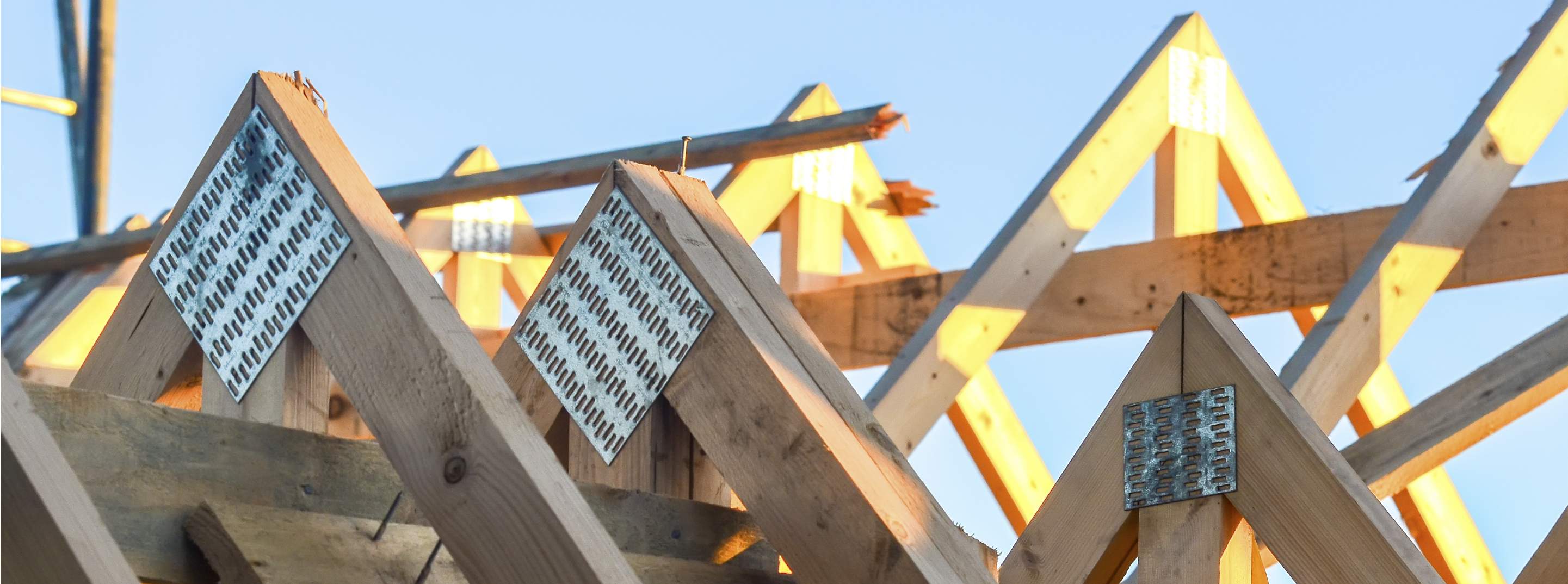Confidence in the UK’s development land market is rising and appears to be returning to a pre-pandemic pattern of steady, if modest, growth. This comes after annual price falls of more than 10% in many locations last year, reversing much of the uplift seen in 2020 and 2021.
A change of direction
The factors that led to declining land values in 2023 have eased – the cost of debt has stabilised with markets expecting it to decrease over the next year, and annual build-cost inflation has slowed to 2.3% (12 months to Q2 2024), according to BCIS. The market has also adjusted to price-in the additional requirements being placed on developers which add to costs, such as nutrient neutrality, biodiversity net gain, and the new part L building regulations. There appear to be fewer potential shocks ahead, although there is still some uncertainty about the final requirements of the Future Homes Standard, expected to be confirmed for the start of 2025.
Demand for development land
Much depends on the strength of the new-build sales market and the potential for builders to deliver alternative tenures to boost take-up. The trigger point for falls over the past 18 months has been the sharp drop in sales rates. The average sales rate per outlet per week reported by the PLC housebuilders fell from 0.8 in March 2022 to 0.3 in Q4 2022. Private sales rates have since recovered to 0.5-0.6, prompting housebuilders to re-enter the land market, but with a less urgent need to replenish their pipelines than when sales rates were strongest.
Mixed tenure models
By offering a mix of private and affordable rented homes, which can be absorbed more quickly, some housebuilders have been able to boost delivery rates, leading to increased demand for land. At Bilston Urban Village in Wolverhampton, 420 homes were absorbed into the local market in just over two years, with the units split into 46% private sale, 25% affordable, and 29% private rent. The 122 rental homes were delivered over nine months, with the only limiting factor being the pace of construction, not the rate of letting. Meanwhile, Vistry’s partnership model has been achieving even higher delivery, reporting weekly sales rates of 1.21 per outlet per week between January and June this year. The company expects to build around 18,000 homes this year and aims for 65% of completions to be “partner funded”, with just 35% delivered as open-market sales.
Will more developers follow suit?
NHBC data shows that the proportion of all new housing starts classified as private for sale has averaged 65% over the past year, compared with an average of 78% in the mid-2010s. And certainly the government is eager to see the affordable share of new homes rise. But given the current pressure on housing association finances, it is hard to see how this could grow much further without a substantial increase in grant funding in the next Affordable Homes Programme and the creation of more strategic partnerships.
The impact on future land values
Facing a relative scarcity of available sites, developers currently need to bid competitively to secure land. It will be interesting to see whether, in time, bulk sales or partner-funded units, which are typically sold at a 5-15% discount to open-market value, will become factored into bids for land. However, this is unlikely to happen unless a much larger proportion of major developers shift to a partnership-based multi-tenure model.

.jpg)

.jpg)
.jpg)
(1).jpg)

.jpg)
